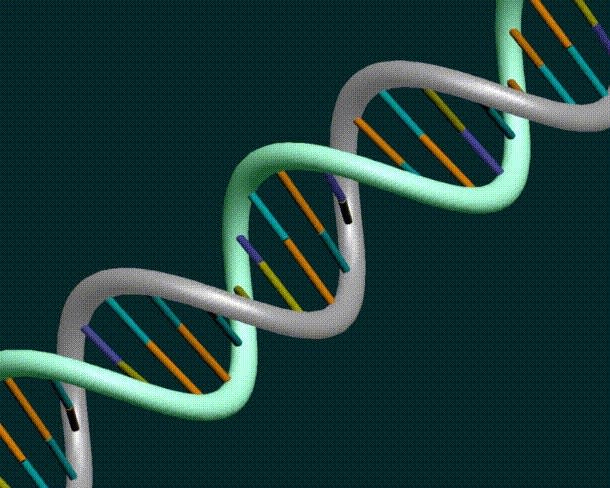Are medical and nonmedical uses of large-scale genomic markers conflating genetics and ‘race’?
Nature Genetics
Volume 36, Number 11s (2004)
pages S43-S47
DOI: 10.1038/ng1439
Charles N. Rotimi, Director
Center for Research on Genomics and Global Health
“…with each birth and each death we alter the genetic attributes of human populations and drawing a line around an ephemeral entity like a human race is an exercise in futility and idiocy.” —Pat Shipman, The Evolution of Racism
We now have the tools to describe the pattern of genetic variation across the whole genome and its relationship to the history of human origins and the differential distribution of diseases across populations and geography. We can begin to dissect common complex diseases and devise new therapeutic strategies to reduce adverse drug reactions, a key public health problem ranking between the fourth and sixth leading cause of death in the US. At the social level, the new genomic tools can help us to better appreciate the fluidity of social identity, including ‘race’, ‘ethnicity’ and the more complex notion of ancestry. Challenges surrounding the design of large-scale genotyping projects such as the international HapMap initiative and their future applications illustrate the complexities and ambiguities associated with the use of group labels in genomic research. Depending on how we use this information, the potential exists to describe simultaneously our similarities and differences without reaffirming old prejudices…
…Genetic variation and social identity
To reap the full benefits of the Human Genome Project and spin-offs like the HapMap project, we must be willing to move beyond old and simplistic interpretations of differential frequencies of disease variants by poorly defined social proxies of genetic relatedness like ‘race’. We should allow the genome to teach us the extent of our evolutionary history without abbreviating it with preconceived notions of population boundaries and social identities. We must recognize that social identities are formed in various ways—ancestry, ethnic and tribal background, geopolitical boundaries, language, and other social and behavioral activities. Identities change over time and from one context to another. Their use as markers of ‘relatedness’ in genetic research without appreciation for how they were formed is likely to produce misleading information concerning the distribution of genetic variation.
We all have a common birthplace somewhere in Africa and this common origin is the reason why we share most of our genetic information. Our common history also explains why contemporary African populations have more genetic variation than younger human populations that migrated out of Africa 100,000 years ago to populate other parts of the world, carrying with them a subset of the existing genetic information.
Given this shared history, why do we interpret human genetic variation data as though our differences rise to the level of subspecies? Two facts are relevant: (i) as a result of different evolutionary forces, including natural selection, there are geographical patterns of genetic variations that correspond, for the most part, to continental origin; and (ii) observed patterns of geographical differences in genetic information do not correspond to our notion of social identities, including ‘race’ and ‘ethnicity’. In this regard, no matter what categorical framework is applied, we cannot consistently use genetics to define racial groups without classifying some human populations as exceptions. Our evolutionary history is a continuous process of combining the new with the old, and the end result is a mosaic that is modified with each birth and death. This is why the process of using genetics to define ‘race’ is like slicing soup: “You can cut wherever you want, but the soup stays mixed”.
How can we grasp the population structure of our species? I believe this requires universal awareness that genomic information cannot be used either to confirm or to refine old social, political and economic classifications such as ‘race’. In particular, we should understand the following points: (i) individuals in genetics studies may have membership in more than one biogeographical clusters; (ii) the borders of these clusters are not distinct; and (iii) population clusters are influenced by sampling strategies. For example, the inference drawn from a study with one or two African populations will probably be very different from that drawn from a study with 100 African populations sampled from north, east, west, central and south Africa. As Steve Olson observed, “Not only do all people have the same set of genes, but all groups of people also share the major variants of those genes. Geneticists have never found a genetic marker that is of one type in all the members of one large group and of a different type in all the members of another large group”50. Furthermore, because most alleles are widespread, genetic differences among human populations are the result of gradations in allele frequencies rather than distinctive diagnostic genotypes…
Read the entire perspective here.
